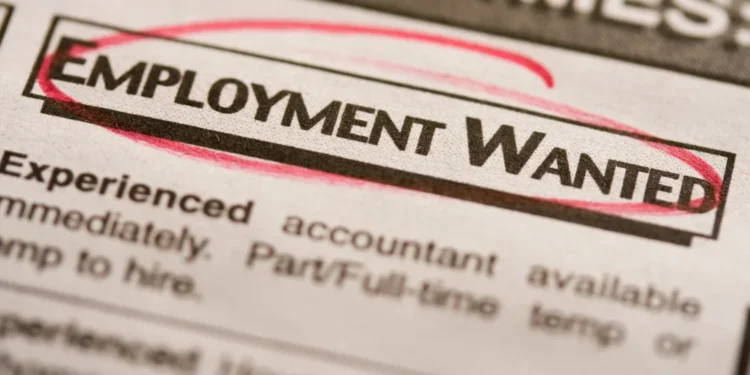In July, the unemployment rate in the United States climbed to 4.3%, marking the highest level seen in three years. This surge followed the Federal Reserve’s decision to maintain interest rates at nearly a 25-year peak earlier this week. During July, employers were only able to create 114,000 new jobs, falling short of the 175,000 that economists had anticipated.
Federal Reserve faces backlash as a slowing labor market raises recession concerns https://t.co/RlVeV5643O
— Gunther Schnabl (@GuntherSchnabl) August 3, 2024
Additionally, wage growth has decelerated, with average hourly earnings experiencing the slowest annual increase since May 2021. The uptick in unemployment has activated the “Sahm rule,” an early recession warning system crafted by economist Claudia Sahm.
Instead of boosting growth & generating jobs, President Biden and VP Harris have burdened businesses with over $1.6 trillion in fresh regulations detrimental to our economy. I will continue to challenge excessive regulation! https://t.co/0Qe6f5IWIZ
— Gus Bilirakis (@RepGusBilirakis) August 6, 2024
The Sahm rule indicates that if the three-month average unemployment rate increases by 0.5 percentage points from its lowest level in the last 12 months, this points toward early warning signs of recession.
Since January, the rate has surged by 0.6 percentage points. Nevertheless, some economists argue that the atypical post-pandemic landscape makes traditional economic principles less applicable.
Rising unemployment alongside economic worries
The Harris-Biden administration seems to be gradually leading us into a recession.
Our nation cannot withstand four more years under their ineffective leadership. https://t.co/f8x6royTfT
— Tom Emmer (@GOPMajorityWhip) August 3, 2024
Families desire a robust economy—not this scenario. The Biden-Harris administration is a complete failure. https://t.co/0zu61fhfTY
— Rep. Mark Green (@RepMarkGreen) August 5, 2024
Fed Chair Jerome Powell showed reluctance in designating the ongoing situation as a recession, with some believing that the U.S. may still navigate towards a “soft landing.”
The underwhelming jobs report resulted in a sharp decline in all three major stock indices. The Dow plunged 612 points, the Nasdaq Composite fell by 2.4%, and the S&P 500 decreased by 1.8%. Consumer spending, which represents about 70% of the U.S. economy, is closely linked to the job market’s stability.
If layoffs start to rise, it could lead to substantial complications for the economy. Despite these worries, there is an optimistic perspective. The disappointing July job figures have heightened the probability that the Fed might commence reducing interest rates as soon as September.
A reduction in rates would ease borrowing expenses for mortgages, auto loans, and credit cards, potentially providing relief to consumers. Analysts from Citigroup and JPMorgan are now predicting a half-point rate cut in both September and November. The next jobs report prior to the Fed’s September meeting will be critical in shaping the upcoming monetary policy decisions.


